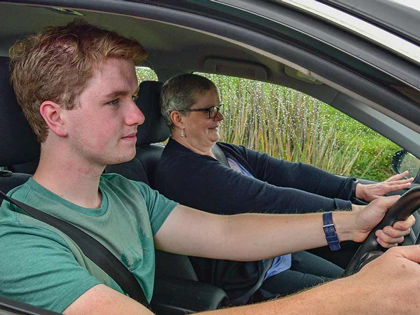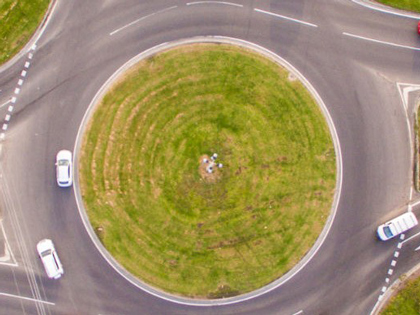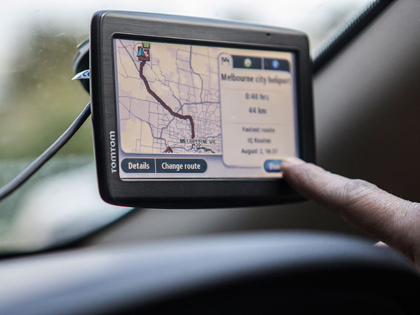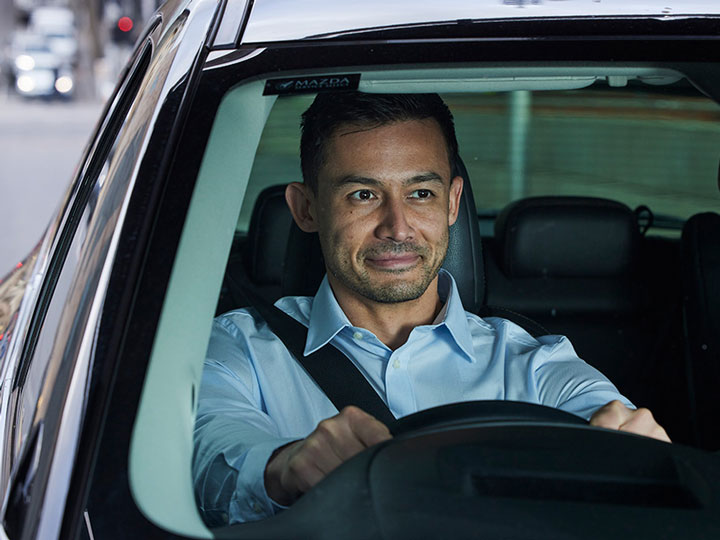We help new drivers prepare for their licence test with tips for learners and supervising drivers.
Resources to help you stay safe on the road
Advocating for safer roads
Safer roads minimise the chance of crashes occurring and the severity of crashes if they do occur. At RACV we support and advocate for making Victoria's roads safer. This includes:
- increasing investment in road infrastructure, including road maintenance
- better enforcement of speed limits
- better signage at roadworks
- better infrastructure to keep cyclists and pedestrians safe.
You can also have your say on road safety issues that affect Victorians through our regular survey series.




